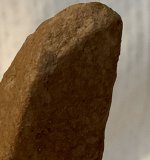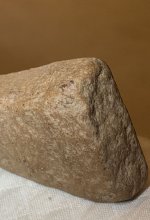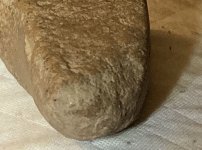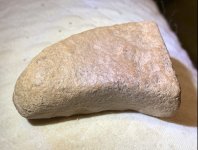kyphote
Hero Member
- Jan 12, 2010
- 583
- 52
- Detector(s) used
- White's MXT, GPX 4800
- Primary Interest:
- All Treasure Hunting
Upvote
0




Natural
Those are just rocks.